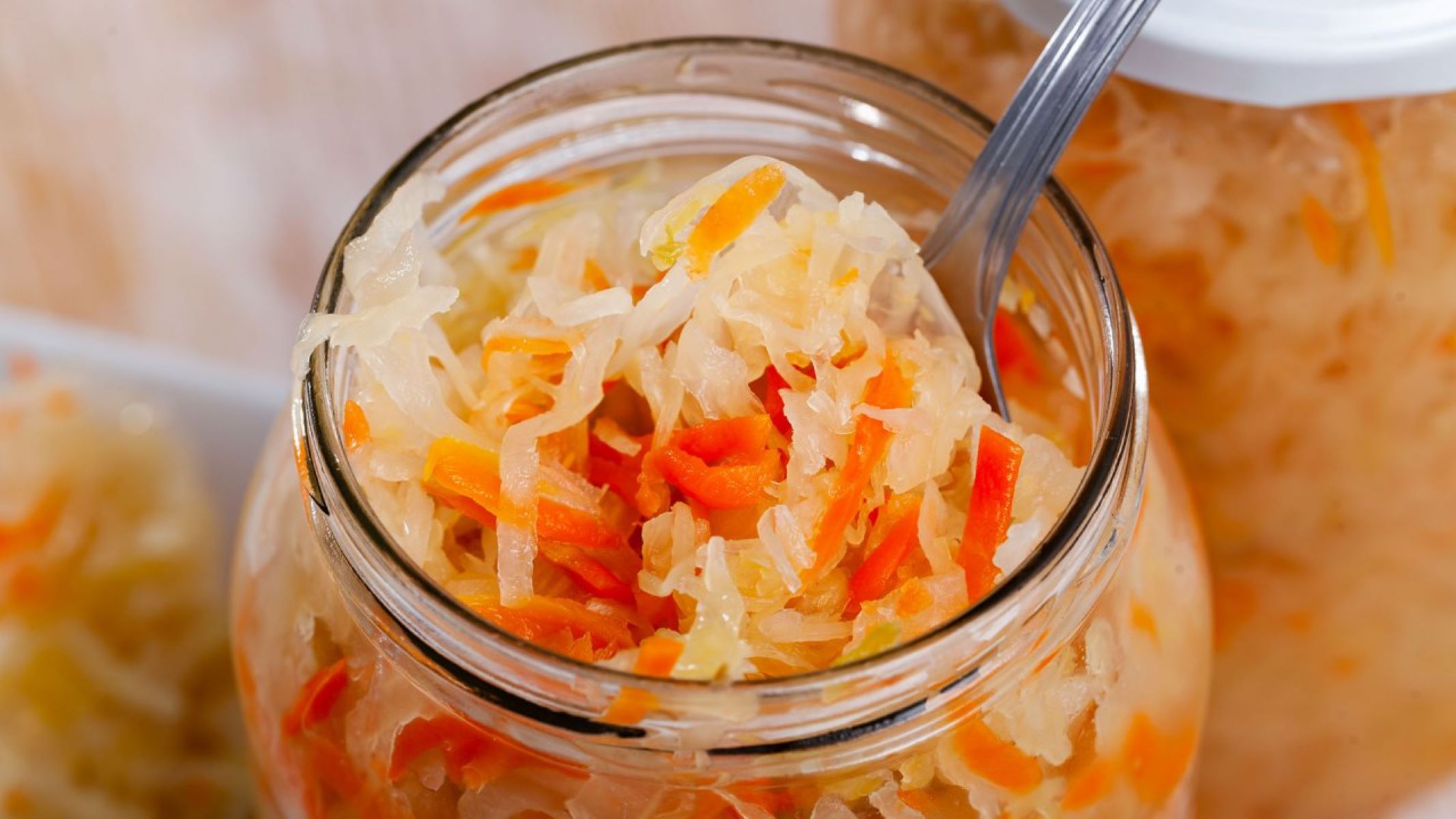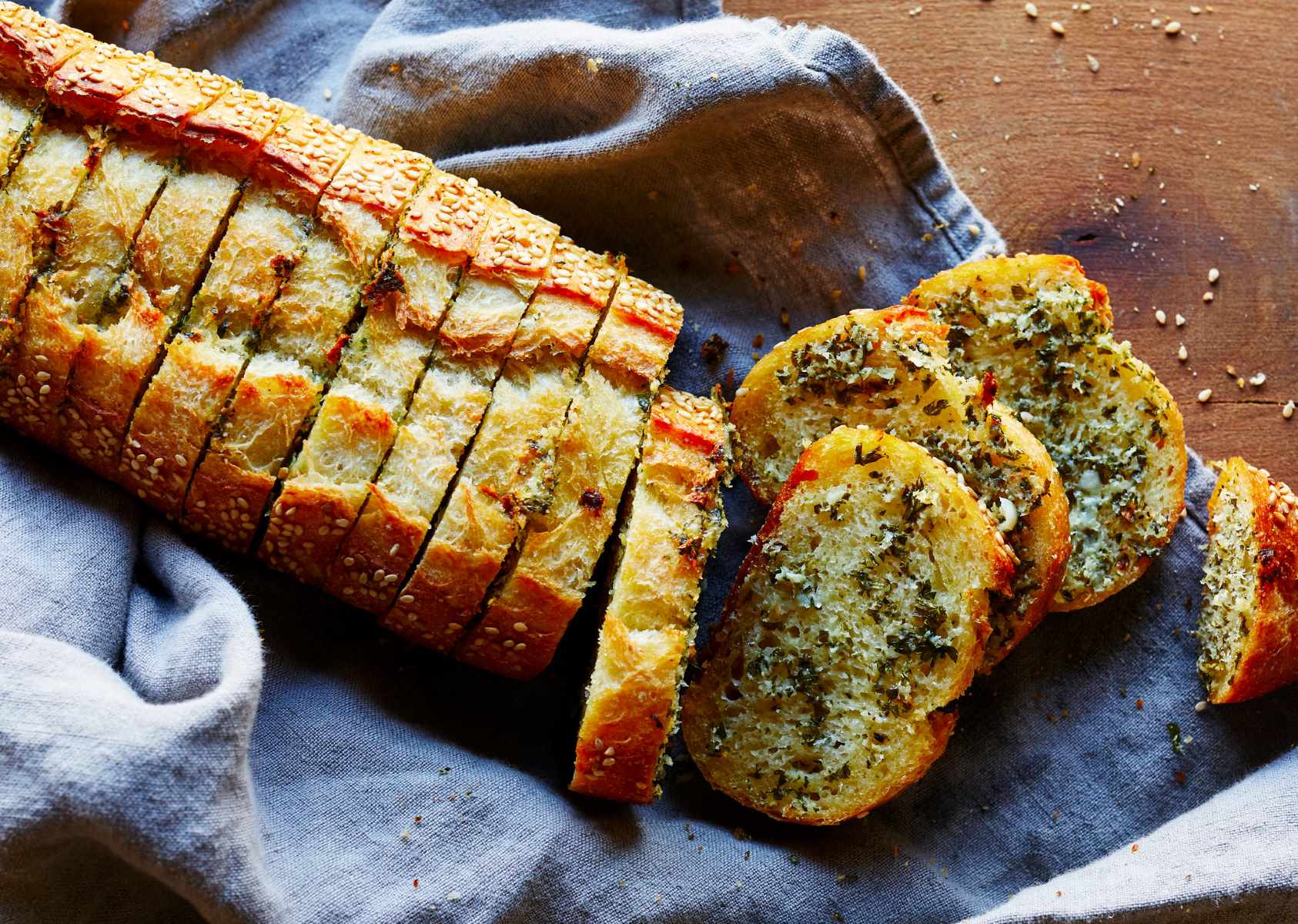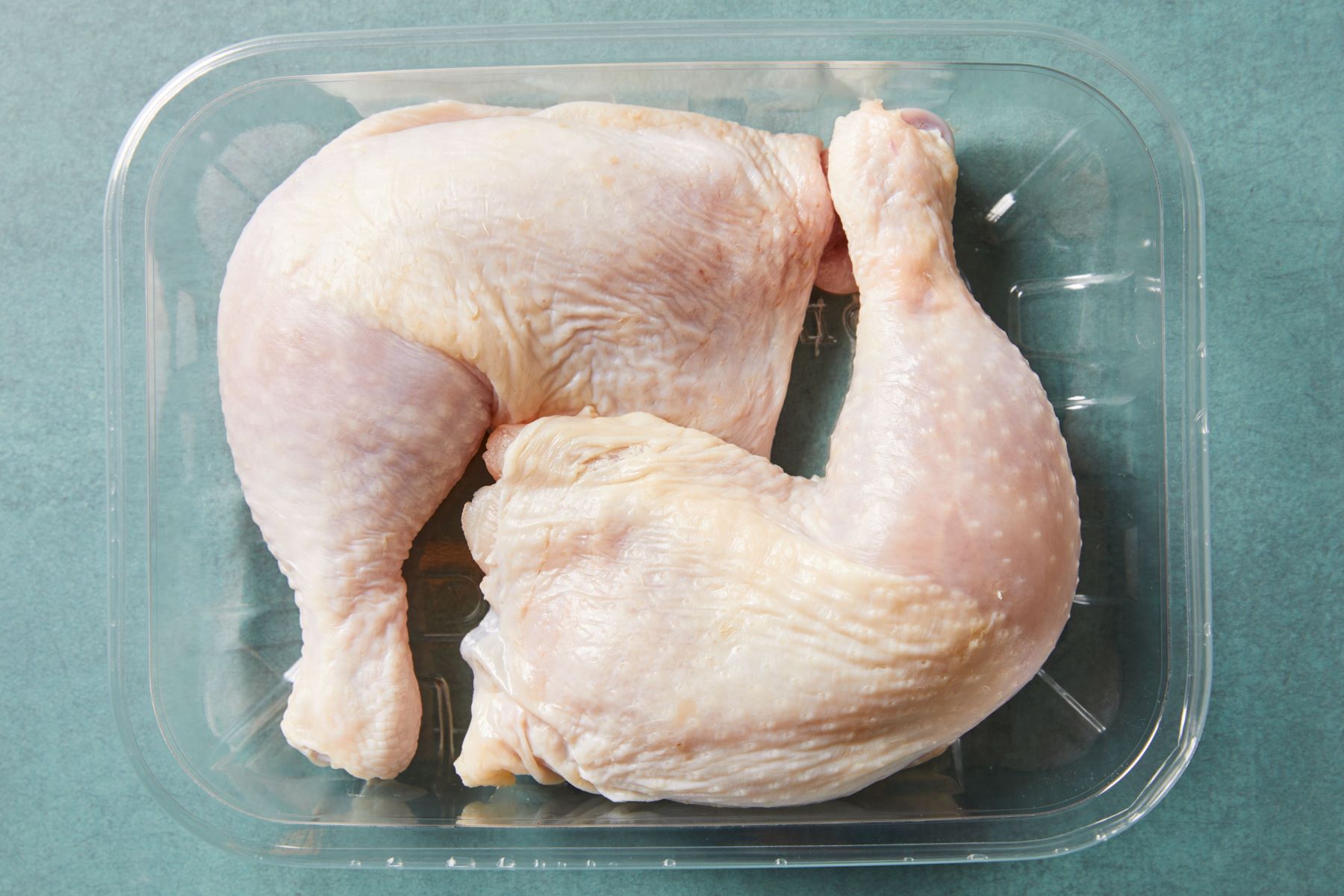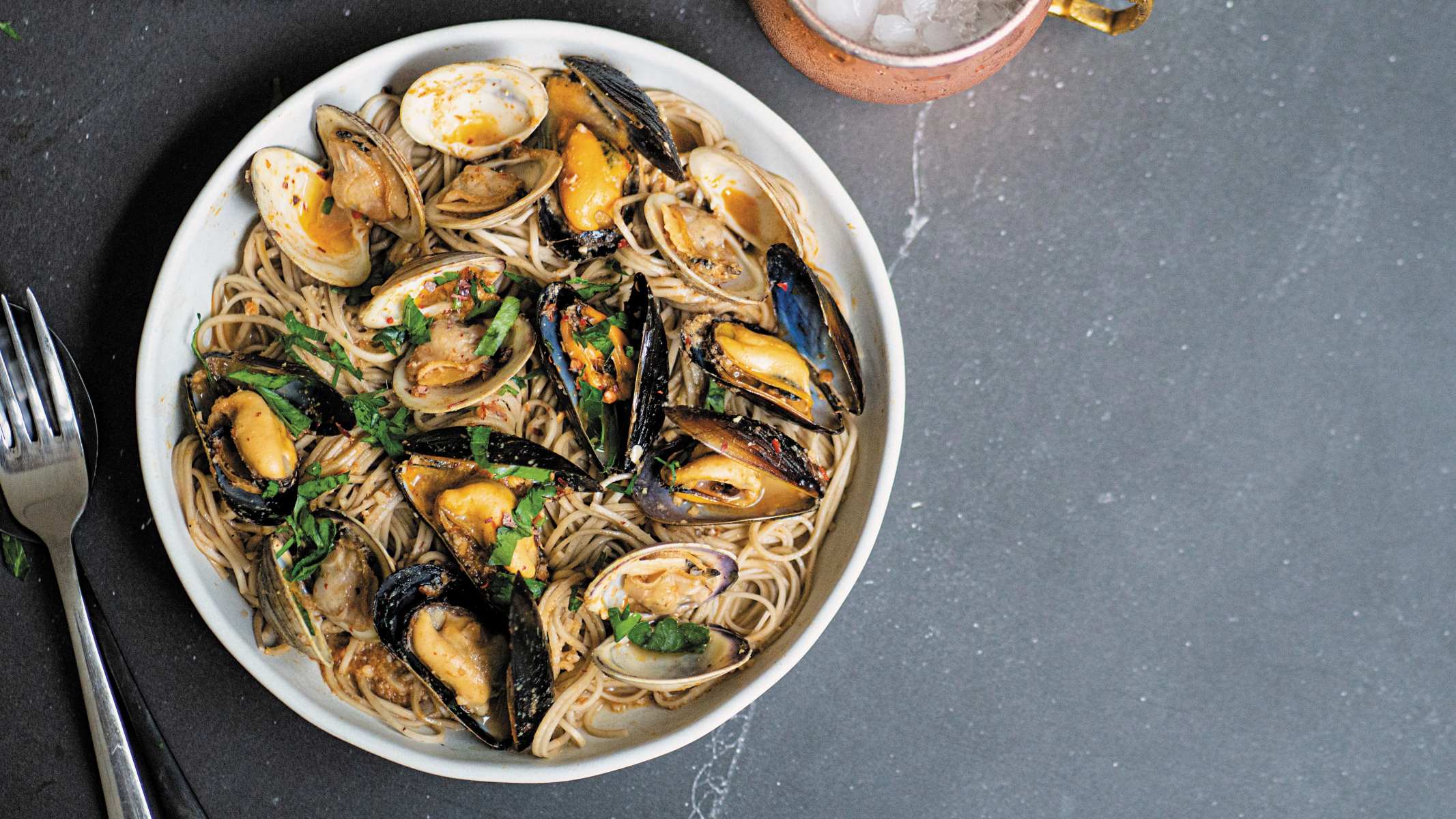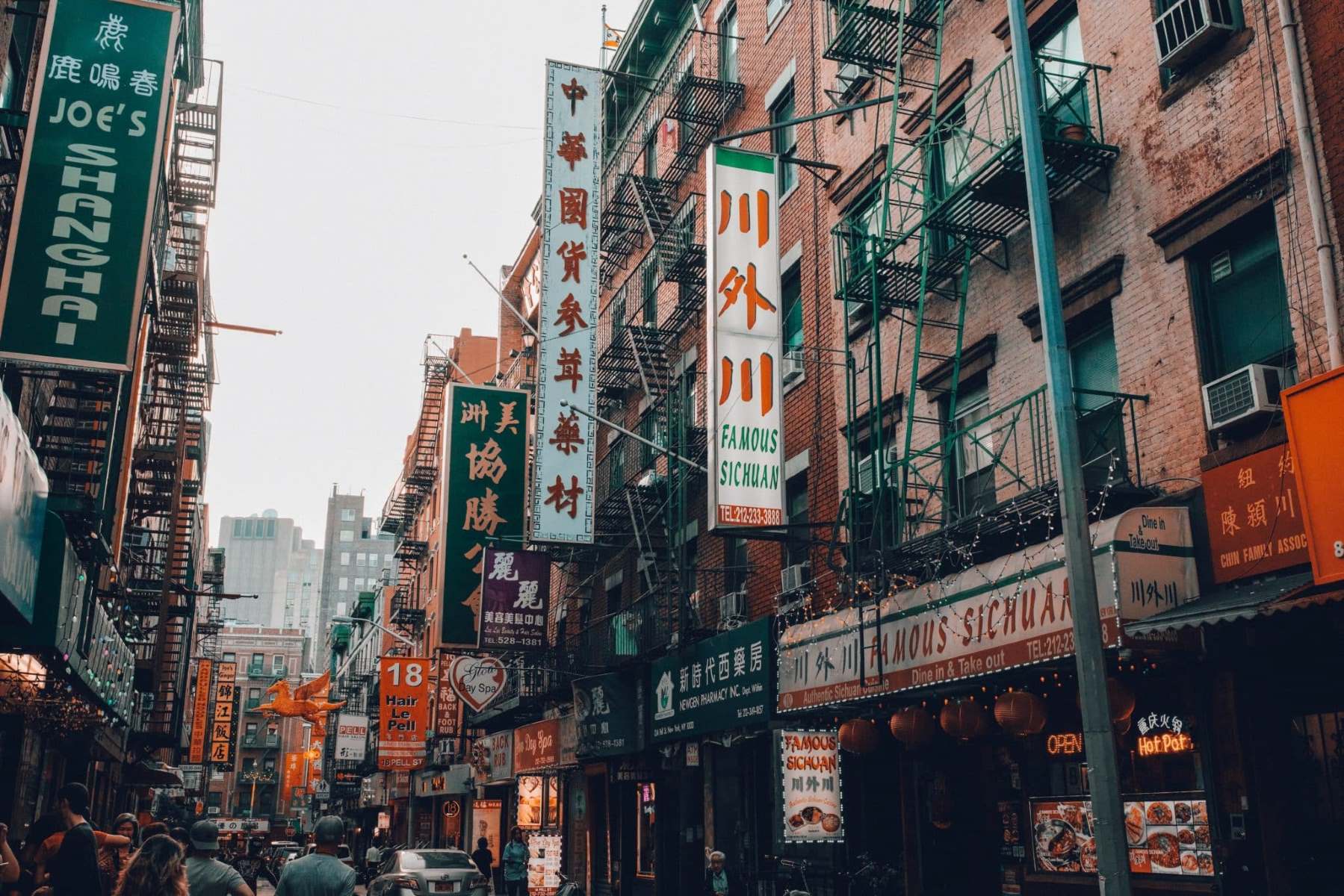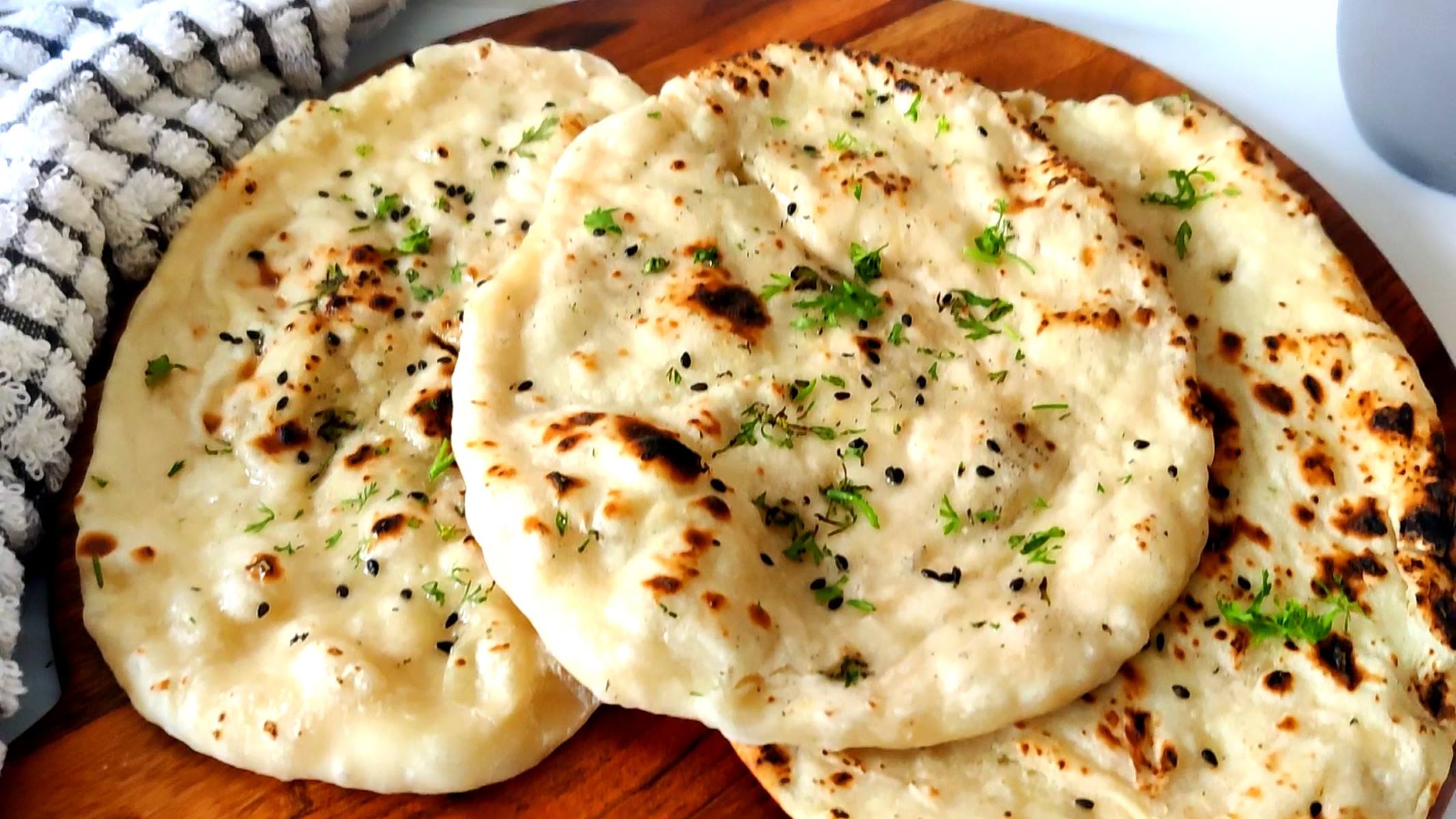Home>Food and Cooking>The Surprising Truth About Leftover Chinese Food In Your Fridge!


Food and Cooking
The Surprising Truth About Leftover Chinese Food In Your Fridge!
Published: January 25, 2024
Discover the surprising truth about leftover Chinese food in your fridge and learn how to make the most of it! Explore food and cooking tips now.
(Many of the links in this article redirect to a specific reviewed product. Your purchase of these products through affiliate links helps to generate commission for Regretless.com, at no extra cost. Learn more)
Table of Contents
Introduction
Imagine this: it's the end of a hectic day, and you find yourself craving the comforting flavors of Chinese cuisine. You happily indulge in your favorite dishes, savoring every bite, and perhaps even over-ordering to ensure there are leftovers for the next day. However, as you peer into the depths of your refrigerator the following evening, you're faced with a common dilemma: the remnants of last night's feast. Leftover Chinese food is a familiar sight for many of us, often tucked away in takeout containers, awaiting its fate.
In this article, we will delve into the intriguing world of leftover Chinese food, uncovering the truths that may surprise you. From the shelf life of these delectable leftovers to the impact of refrigeration on their quality, we'll explore the best practices for storing them and the potential risks associated with consuming them. Whether you're a devoted fan of Chinese cuisine or a casual enthusiast, understanding the nuances of managing leftover Chinese food can elevate your culinary experience and ensure that each bite is as delightful as the first.
Join us on this insightful journey as we unravel the mysteries surrounding leftover Chinese food, shedding light on practical tips and essential knowledge that will empower you to make informed decisions about enjoying these culinary treasures. Let's embark on this exploration with an open mind and a healthy appetite for knowledge.
The Shelf Life of Leftover Chinese Food
Leftover Chinese food, with its diverse array of flavors and textures, often leaves us pondering a common question: how long can it be safely kept? The answer lies in understanding the shelf life of these delectable remnants. The longevity of leftover Chinese food varies depending on the specific dishes and ingredients involved. Generally, when handled and stored correctly, most leftover Chinese dishes can maintain their quality for 3 to 4 days in the refrigerator.
It's important to note that certain components of Chinese cuisine, such as seafood and dishes with high moisture content, may have a shorter shelf life. For instance, leftover dishes containing shrimp, fish, or other seafood should be consumed within 1 to 2 days to ensure optimal freshness and safety. Additionally, dishes with sauces or gravies, which can promote bacterial growth, should be monitored closely and consumed within a similar timeframe.
When assessing the shelf life of leftover Chinese food, it's crucial to rely on sensory cues as well. Visual inspection, odor, and texture can provide valuable indicators of the food's condition. Any signs of spoilage, such as an off-putting odor, unusual discoloration, or slimy texture, should prompt immediate disposal.
In essence, while the shelf life of leftover Chinese food can vary, a general guideline of 3 to 4 days in the refrigerator serves as a reliable reference point. By understanding the factors influencing the longevity of these leftovers and being attentive to sensory cues, you can confidently navigate the realm of leftover Chinese cuisine, ensuring that each meal is not only enjoyable but also safe and wholesome.
The Impact of Refrigeration on Leftover Chinese Food
Refrigeration plays a pivotal role in preserving the quality and safety of leftover Chinese food. When carefully managed, the cold environment of the refrigerator can significantly slow down the growth of bacteria and other microorganisms, extending the shelf life of these culinary treasures. However, it's essential to understand the nuanced impact of refrigeration on leftover Chinese food to ensure that its flavors and textures are maintained at their best.
The cooling process initiated by refrigeration serves as a formidable barrier against food spoilage. By lowering the temperature, refrigeration inhibits the proliferation of bacteria, fungi, and molds that can compromise the safety and edibility of leftover Chinese dishes. This critical function of refrigeration provides a safeguard against the rapid deterioration of food, allowing you to savor the flavors of your favorite Chinese cuisine over an extended period.
Moreover, refrigeration aids in preserving the moisture content of leftover Chinese food, preventing it from drying out and losing its succulence. Many Chinese dishes feature a delicate balance of textures and aromas, which can be adversely affected by exposure to air and fluctuating temperatures. By storing these leftovers in a controlled, cool environment, refrigeration helps to retain the essential moisture and flavors, ensuring that each reheated serving mirrors the initial culinary experience.
While refrigeration is a powerful ally in the battle against food spoilage, it's important to adhere to best practices to maximize its benefits. Proper storage in airtight containers or sealed packaging can shield leftover Chinese food from potential contaminants and maintain its integrity. Additionally, promptly refrigerating the leftovers after the meal, ideally within two hours, is crucial to minimize the risk of bacterial growth and preserve the quality of the dishes.
In essence, refrigeration exerts a profound impact on leftover Chinese food, safeguarding its safety and preserving its sensory attributes. By harnessing the benefits of refrigeration and embracing meticulous storage practices, you can elevate the longevity and enjoyment of your leftover Chinese culinary creations, ensuring that each meal is a delightful continuation of the original dining experience.
The Best Practices for Storing Leftover Chinese Food
When it comes to preserving the quality and safety of leftover Chinese food, adopting best practices for storage is essential. By implementing these guidelines, you can ensure that your culinary treasures remain fresh, flavorful, and free from potential contaminants. Here are the key best practices for storing leftover Chinese food:
Prompt Refrigeration:
After enjoying your delectable Chinese meal, promptly refrigerate the leftovers within two hours. This swift action is crucial in inhibiting the growth of bacteria and preserving the integrity of the dishes. Delayed refrigeration can compromise the safety and quality of the food, so make it a priority to transfer the leftovers to the refrigerator without delay.
Airtight Containers:
Utilize airtight containers or sealed packaging to store leftover Chinese food. These containers serve as a protective barrier, shielding the dishes from external contaminants and helping to maintain their freshness. Opt for containers that are specifically designed for food storage, ensuring a secure seal to prevent air and moisture from infiltrating the contents.
Proper Labeling:
Clearly label the containers with the date of storage to track the freshness of the leftovers. This simple yet effective practice can prevent confusion and facilitate timely consumption, allowing you to prioritize dishes based on their remaining shelf life. Additionally, labeling the containers can help you identify specific dishes at a glance, streamlining the meal selection process.
Strategic Placement:
When storing leftover Chinese food in the refrigerator, consider the placement of the containers. Position them away from raw meats or other potentially hazardous foods to minimize the risk of cross-contamination. Additionally, organizing the containers in a designated section of the refrigerator can enhance visibility and accessibility, encouraging you to incorporate the leftovers into future meals.
Temperature Control:
Maintain the refrigerator at the recommended temperature range of 35 to 38 degrees Fahrenheit (1.6 to 3.3 degrees Celsius) to optimize the preservation of leftover Chinese food. This controlled environment inhibits bacterial growth and helps to sustain the quality of the dishes. Regularly monitor and adjust the refrigerator's temperature settings as needed to uphold the ideal storage conditions.
By embracing these best practices for storing leftover Chinese food, you can safeguard the quality and safety of your culinary remnants. These simple yet impactful guidelines empower you to prolong the enjoyment of your favorite Chinese dishes, ensuring that each reheated serving retains its original splendor and flavors. With a mindful approach to storage, you can embark on a delightful culinary journey, savoring the rich tapestry of Chinese cuisine with confidence and peace of mind.
The Risks of Eating Leftover Chinese Food
Leftover Chinese food, while often a convenient and flavorful option, presents certain risks that warrant careful consideration. As with any type of leftover cuisine, there are potential hazards associated with consuming these remnants, particularly if they are not handled and stored appropriately. Understanding these risks is crucial for making informed decisions about the consumption of leftover Chinese food.
One of the primary risks of eating leftover Chinese food revolves around food safety. Improper handling and storage of these culinary remnants can lead to bacterial contamination, potentially resulting in foodborne illnesses. Chinese cuisine often incorporates a diverse range of ingredients, including meats, seafood, and vegetables, each of which carries its own susceptibility to bacterial growth if not managed vigilantly. Additionally, dishes with rich sauces or gravies can create a conducive environment for bacterial proliferation, especially when stored at improper temperatures.
Furthermore, the reheating process, a common practice when consuming leftover Chinese food, can introduce additional risks if not executed correctly. Inadequate reheating can result in uneven temperature distribution within the leftovers, potentially leaving certain portions undercooked and susceptible to bacterial contamination. Moreover, repeated reheating of leftovers over an extended period can compromise the quality and safety of the food, increasing the likelihood of foodborne illnesses.
Another risk associated with eating leftover Chinese food pertains to the potential degradation of sensory attributes. Over time, the flavors, textures, and overall quality of Chinese dishes can diminish, particularly if they are stored for an extended duration. While refrigeration can slow down the deterioration process, it does not completely halt the changes that occur in leftover food. This gradual decline in sensory appeal may detract from the overall dining experience, leading to disappointment and dissatisfaction.
In essence, the risks of eating leftover Chinese food are multifaceted, encompassing concerns related to food safety, reheating practices, and the gradual decline of sensory attributes. To mitigate these risks, it is imperative to adhere to best practices for handling, storing, and reheating leftover Chinese food. By maintaining strict hygiene standards, implementing proper storage techniques, and exercising caution during the reheating process, you can minimize the potential hazards associated with consuming these culinary remnants.
Understanding the risks inherent in leftover Chinese food empowers individuals to approach their consumption with mindfulness and responsibility. By embracing informed decision-making and prioritizing food safety, you can savor the delights of leftover Chinese cuisine with confidence, ensuring that each meal is a source of enjoyment and nourishment.
Conclusion
In the realm of culinary exploration, the journey through leftover Chinese food unveils a tapestry of flavors, aromas, and considerations that enrich our dining experiences. As we conclude our expedition into the world of these delectable remnants, it becomes evident that a nuanced understanding of their shelf life, refrigeration impact, storage best practices, and associated risks is essential for savoring them with confidence and mindfulness.
Leftover Chinese food, with its diverse array of dishes and ingredients, offers a delightful extension of the original dining experience. However, it is crucial to recognize that the longevity of these culinary remnants is influenced by various factors, including the specific ingredients, moisture content, and storage conditions. By embracing a general guideline of 3 to 4 days in the refrigerator, coupled with attentive sensory assessments, individuals can navigate the shelf life of leftover Chinese food with informed discretion.
Refrigeration emerges as a stalwart guardian of leftover Chinese food, wielding its cooling prowess to impede bacterial growth and sustain the integrity of the dishes. The impact of refrigeration extends beyond mere preservation, encompassing the retention of moisture and flavors that define the essence of Chinese cuisine. By harnessing the benefits of refrigeration and adhering to meticulous storage practices, individuals can prolong the enjoyment of their leftover Chinese culinary creations, ensuring that each meal is a delightful continuation of the original dining experience.
The best practices for storing leftover Chinese food serve as pillars of guidance, empowering individuals to shield these culinary treasures from potential contaminants and maintain their freshness. Prompt refrigeration, utilization of airtight containers, proper labeling, strategic placement, and temperature control collectively form a comprehensive framework for preserving the quality and safety of leftover Chinese dishes. These practices not only extend the shelf life of the leftovers but also streamline the storage process, enhancing accessibility and convenience for future consumption.
While the consumption of leftover Chinese food presents inherent risks related to food safety, reheating practices, and sensory degradation, these concerns can be mitigated through informed decision-making and adherence to best practices. By prioritizing hygiene, meticulous storage, and cautious reheating, individuals can minimize the potential hazards associated with consuming these culinary remnants, ensuring that each meal is a source of enjoyment and nourishment.
In essence, the journey through leftover Chinese food transcends mere culinary indulgence, evolving into a mindful and informed exploration of food preservation, safety, and enjoyment. Armed with the insights gleaned from this exploration, individuals can embark on their culinary endeavors with confidence, relishing the delights of leftover Chinese cuisine while upholding the principles of responsibility and mindfulness.

